[box type = ”info”] Clément Oudart, sports physiotherapist in Paris, involved in prevention and treatment within the French Table Tennis Federation. Manages the “health” column of Padel Magazine. Understand and manage pathologies related to Padel thanks to Clément Oudart. [/ box]
The purpose of this first article is to provide information on the various injuries likely to appear during the practice of Padel. Subsequently, I will deal more concretely with each area.
Le Padel is like tennis, an asymmetrical sport which places great demands on the dominant arm, trunk and legs.
The lower limbs (legs) are very concerned during defenses and when taking support. The bust orients the upper limbs (arms) in space in order to create continuity between the limbs. It therefore serves as an attachment point. The dominant arm is used mainly during the most critical phase of a stroke (before and after the ball makes contact with the racquet).
The two major types of sports injury
There are two major groups of injuries:
- overuse or overuse lesions,
- traumatic lesions.
Overwork injuries are the result of a large number of repetitions of a technical gesture.
The identical reproduction of this gesture will cause micro-traumas in the joints, musculo-tendon complexes and sometimes even bones.
Progressive installation, these pains do not cause the immediate stop of the sport practice.
Often neglected, this discomfort will gradually intensify, then altering the pace and quality of training. Without appropriate care, it can then settle into everyday life.
Whatever the structure affected, prevention and management of the training load are the solutions to avoid stopping the practice of padel.
Traumatic lesions, as opposed to overuse lesions, come suddenly.
Whether in direct contact with the glass or his partner, when receiving a jump or during a change of direction, the trauma causes most of the time an immediate stop of the sport.
These traumatic lesions affect in the majority of the cases a muscle (muscular lesion), a ligament (sprain or rupture) or a joint (dislocation).
In addition to contacts that are difficult to anticipate, traumatic lesions appear most of the time at the beginning of the practice or in a state of advanced fatigue.
Thus it seems essential to practice a good warm up (well warm up) before each training. To prepare his body for the effort and increase his threshold of vigilance.
Game planning is also important. It must be logical and evolutionary. In order to avoid a stress increase too intense in a very short time. This management also aims to not enter a state of advanced fatigue that can cause a decrease in the threshold of vigilance of the body.
Location of injuries to Padel
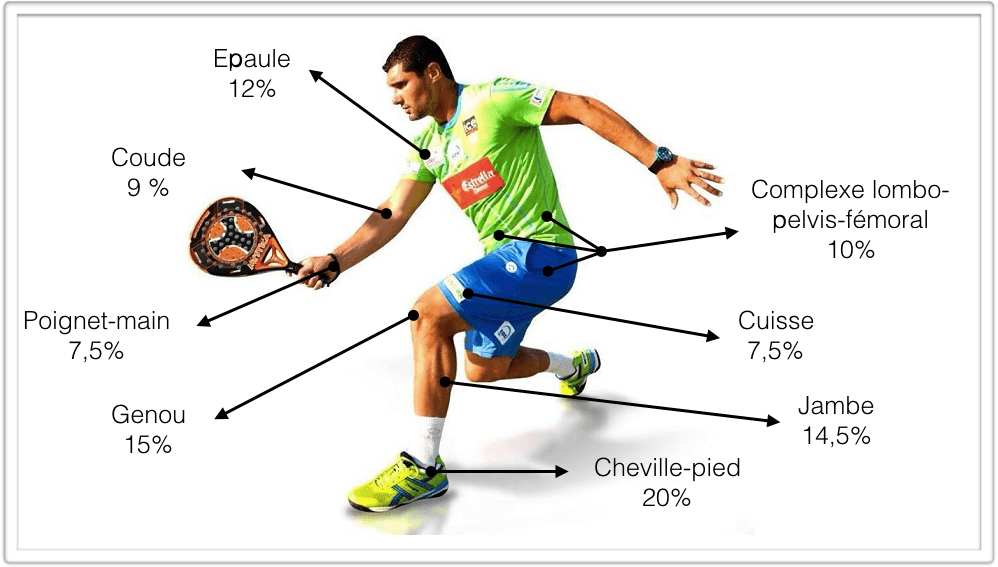
The percentage of wound location varies according to several parameters.
These parameters are age, sex, level of play.
A player with a rough technique comes to constrain more importantly his body. And the repetition of a very restrictive gesture is more likely to cause burnout lesions.
The higher the level of play, the greater the physical commitment. This is why the higher the level, the more traumatic injuries are present.
The older the age, the less the body is able to withstand constraints. The older the player, the more overuse injuries are present.
However, the injury is a rare event. So do not focus on it.
But it is important to:
- plan your play sessions
- Well warm up
- do not neglect the appearance of an embarrassing sensation
- do not neglect the feeling of tiredness.
Clement Oudart
clementoudart @padelmagazine.fr
Clément Oudard is our medical expert. Physiotherapist and passionate about padel, Clément lets you learn about how to train off the pitch… And we know how important it is to last in sport.




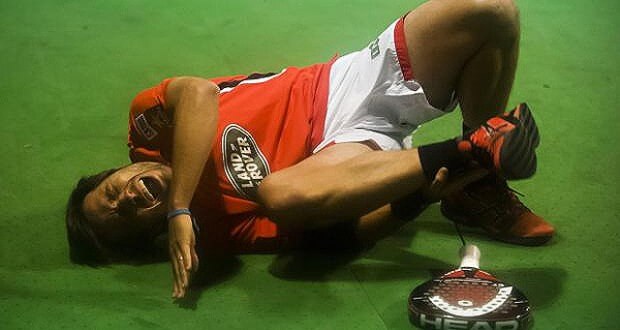











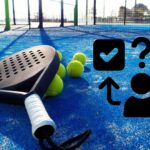
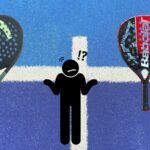
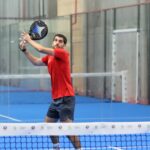
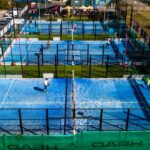
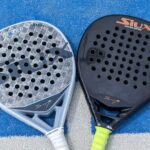















































































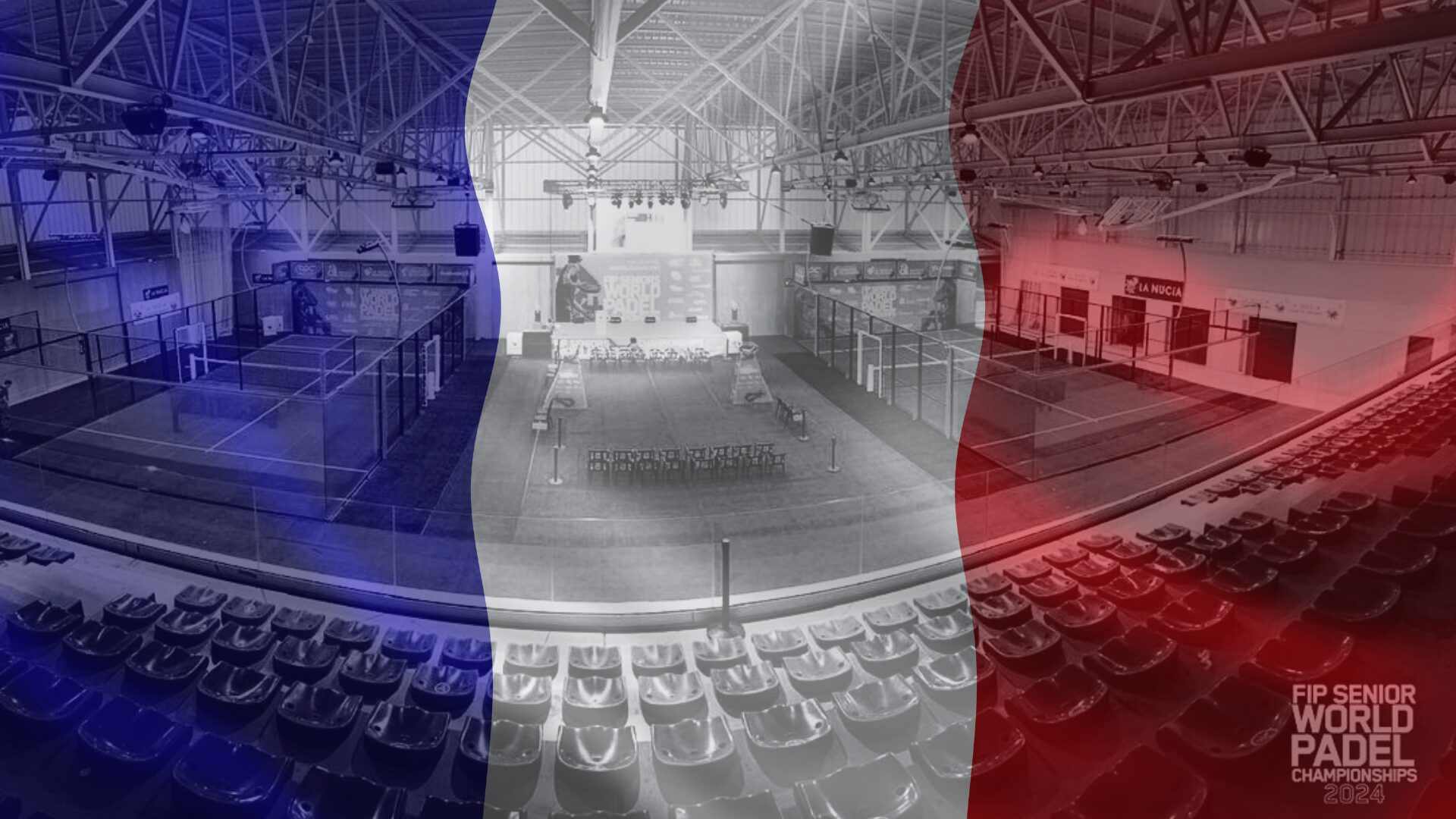 World Seniors Plus 2024 Open (M): four French pairs in the semi-finals, and the psychological advantage gained against the Italians!
World Seniors Plus 2024 Open (M): four French pairs in the semi-finals, and the psychological advantage gained against the Italians!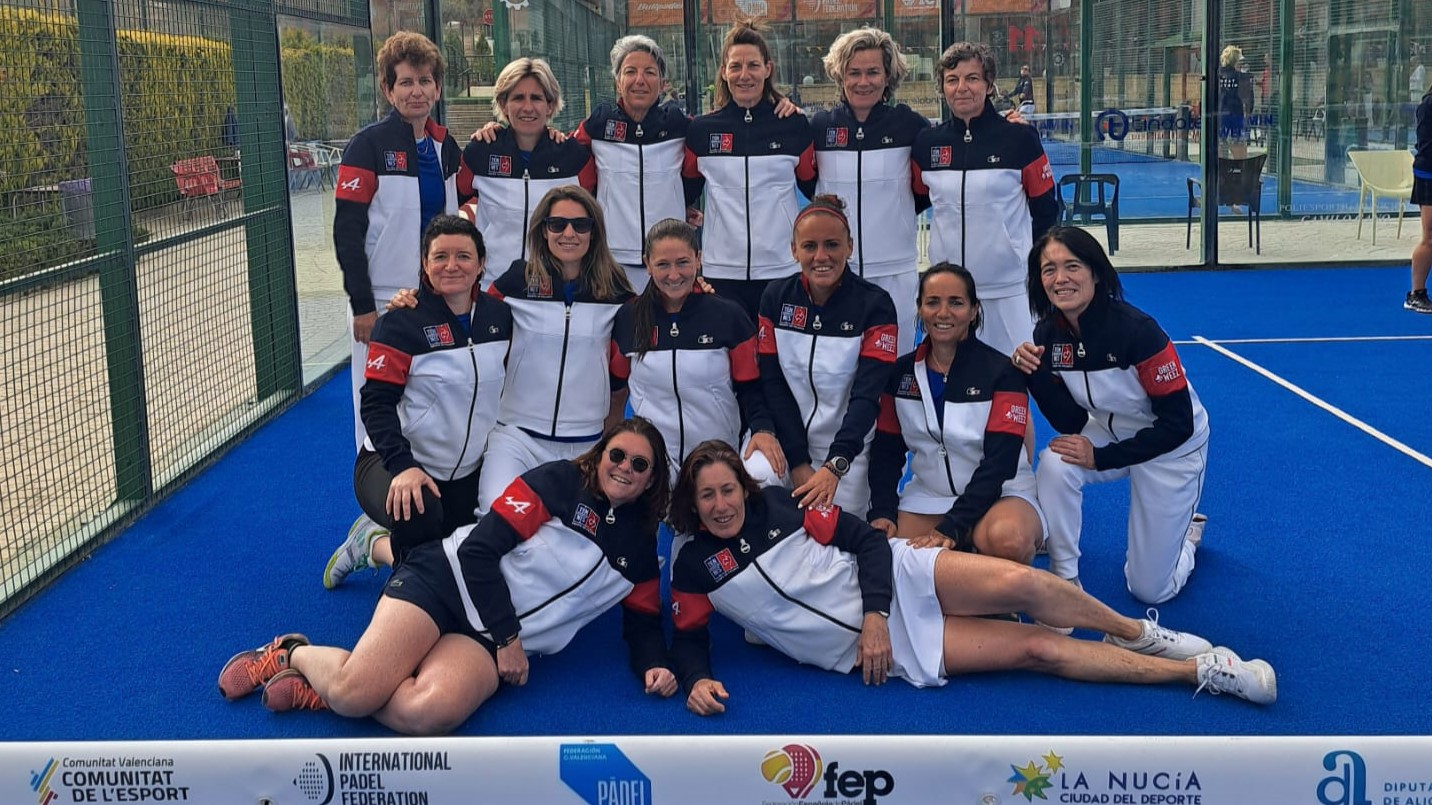 World Seniors Plus 2024 – The French women’s team in the final four!
World Seniors Plus 2024 – The French women’s team in the final four! How to effectively test a racket padel ?
How to effectively test a racket padel ?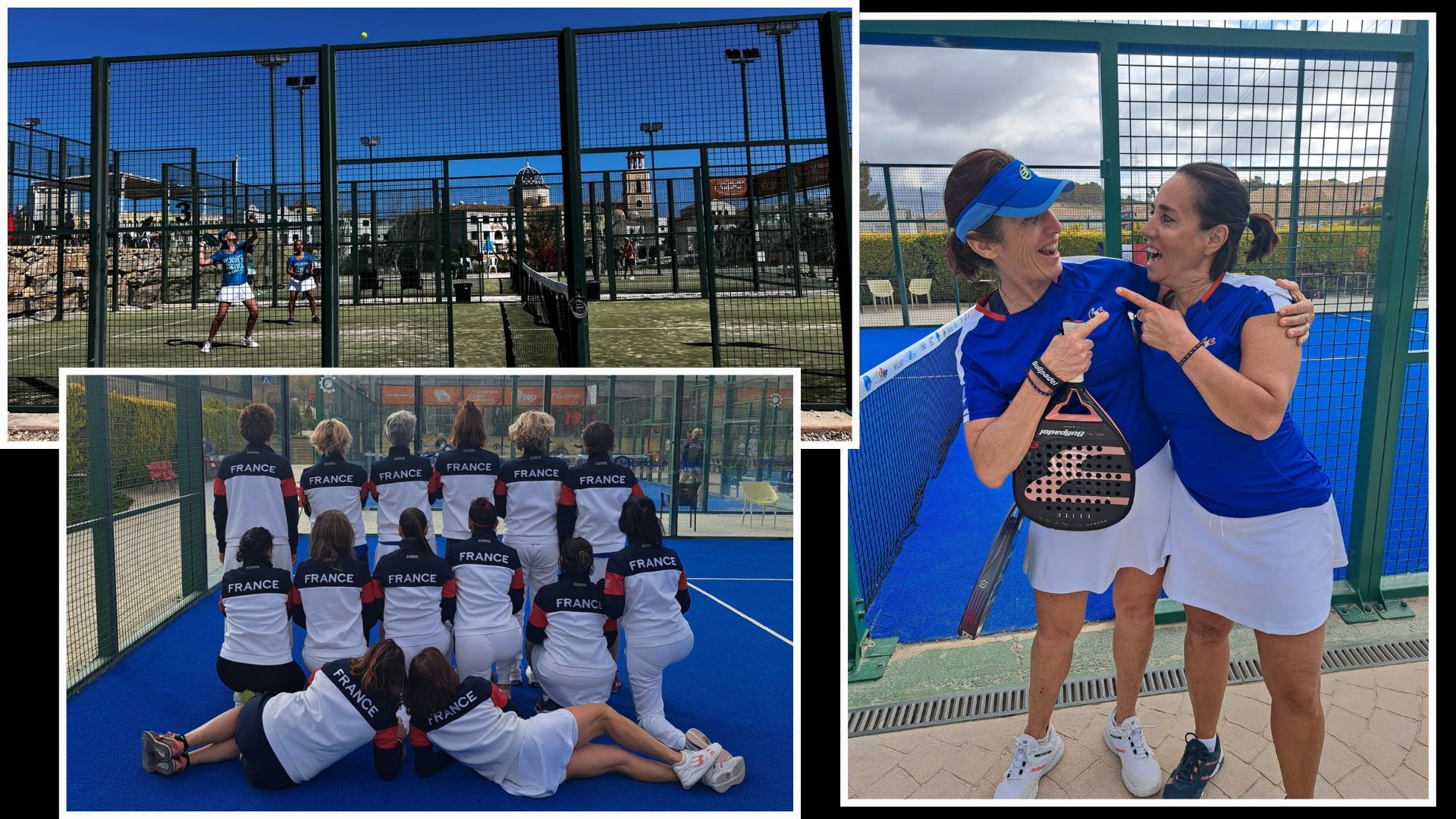 World Seniors Plus 2024 Open (F): heading to the quarter-finals for five French pairs!
World Seniors Plus 2024 Open (F): heading to the quarter-finals for five French pairs!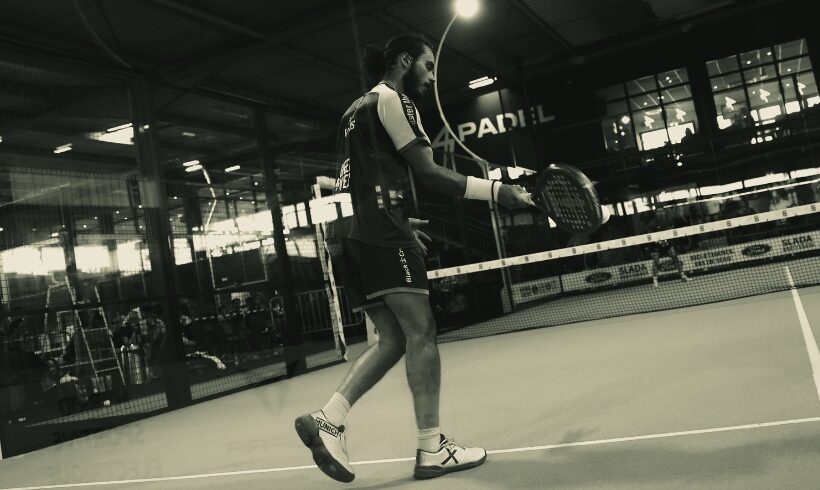 Manuel Vives: “It’s extremely difficult to get by financially”
Manuel Vives: “It’s extremely difficult to get by financially” And 4 for Frederick and Mehdy with network 4Padel !
And 4 for Frederick and Mehdy with network 4Padel !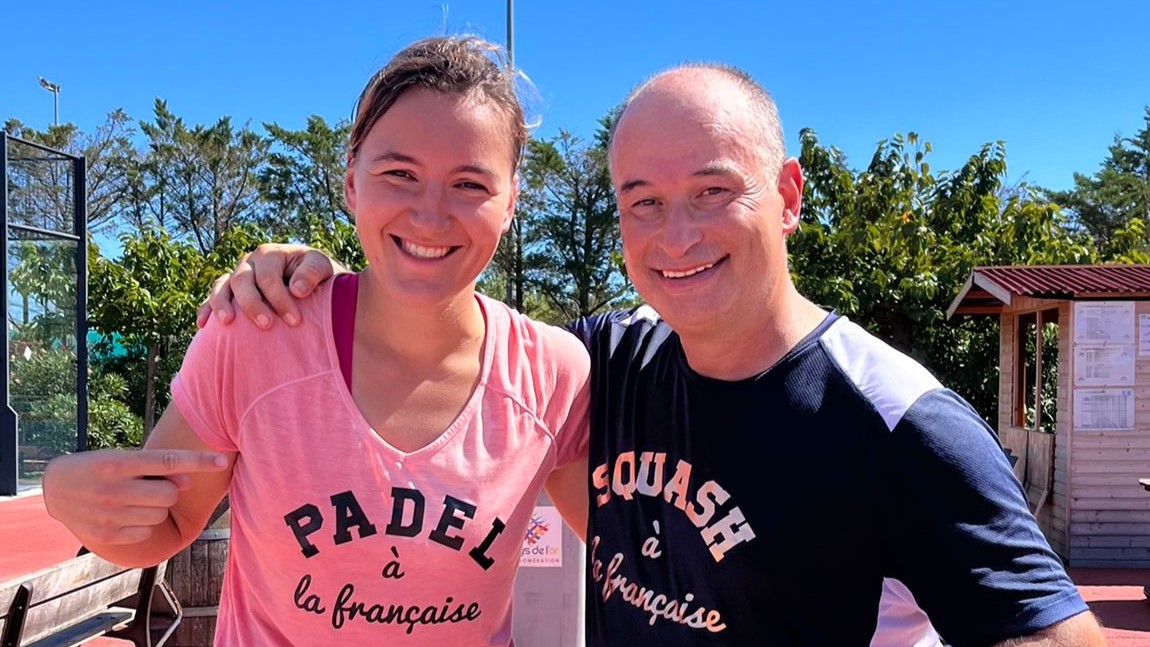 Benoît Letourneau (GM Squash & Padel): “Have a hundred young people in multi-snowshoes within three years”
Benoît Letourneau (GM Squash & Padel): “Have a hundred young people in multi-snowshoes within three years”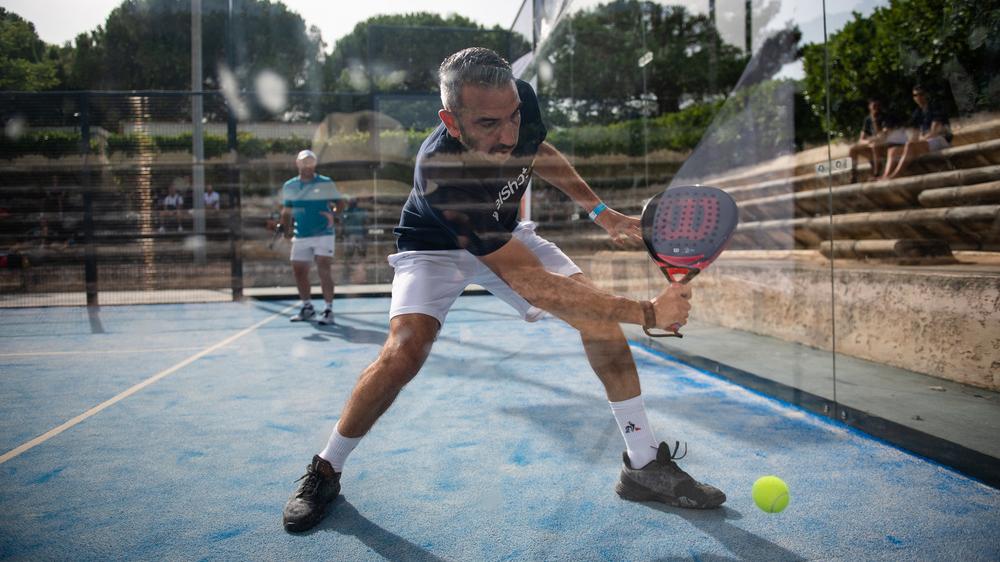 World Senior Plus – Simon Boissé: “Be in the first five places”
World Senior Plus – Simon Boissé: “Be in the first five places”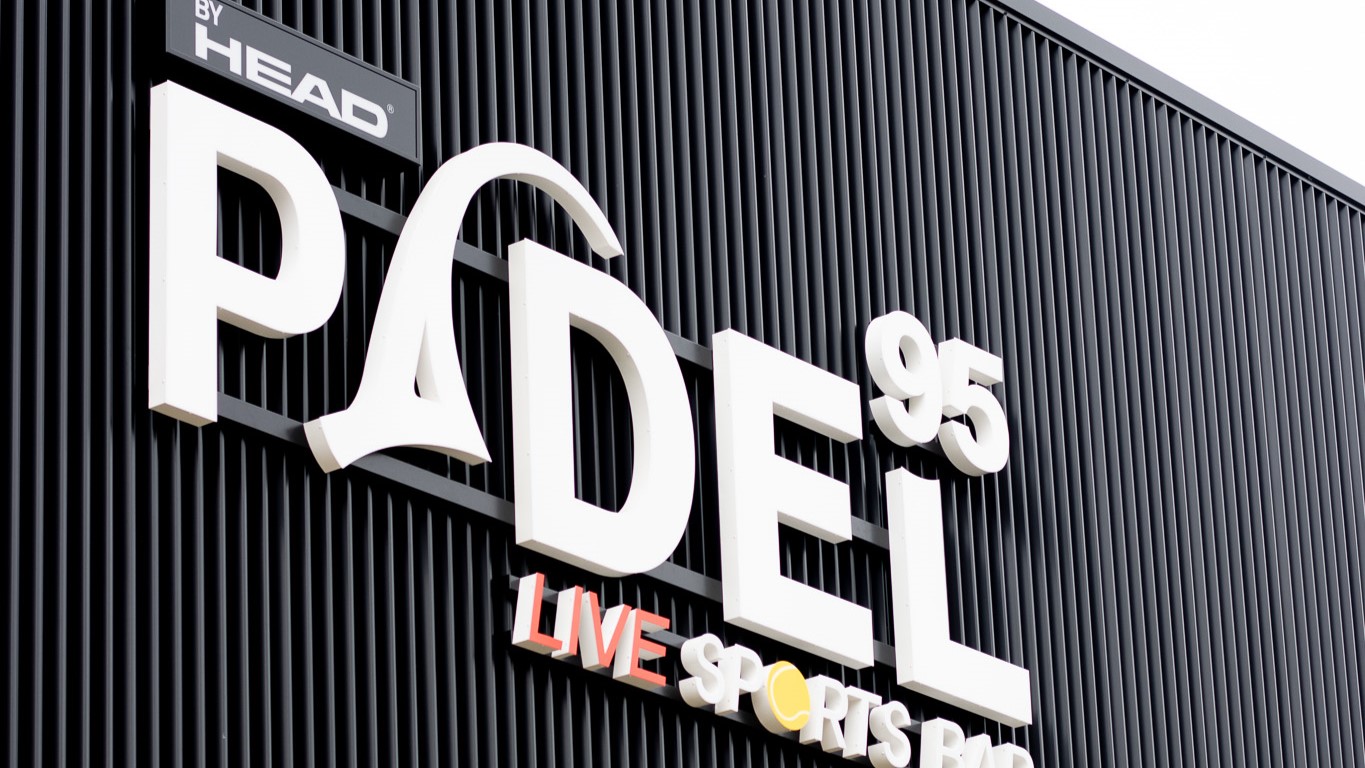 Padel 95: a brand new complex in Pontoise!
Padel 95: a brand new complex in Pontoise!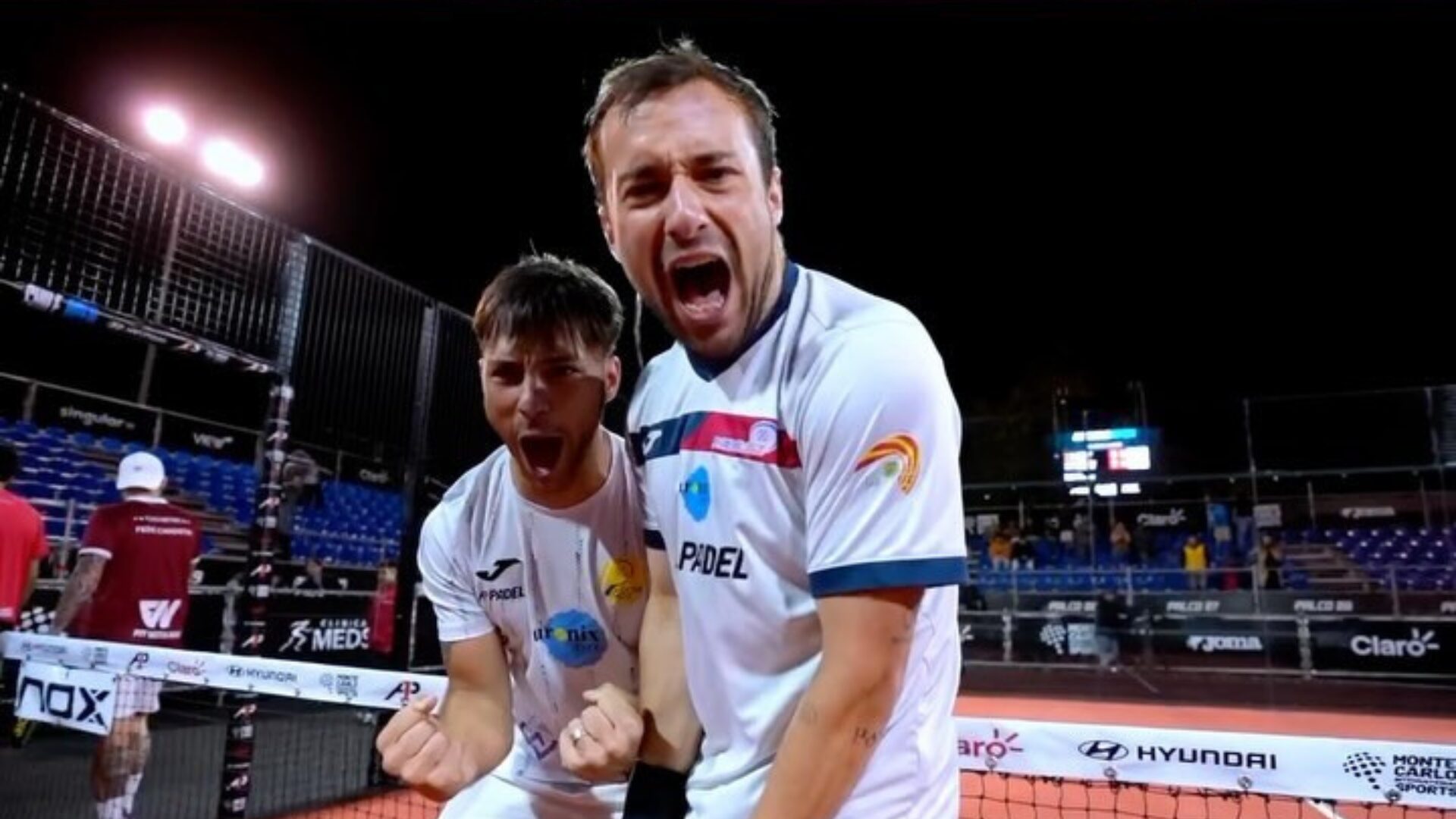 A1 Padel Chile Open – Chiostri and Sanchez eliminated, the eighths start strong!
A1 Padel Chile Open – Chiostri and Sanchez eliminated, the eighths start strong! Play at padel on his yacht? Possible for €233.000!
Play at padel on his yacht? Possible for €233.000!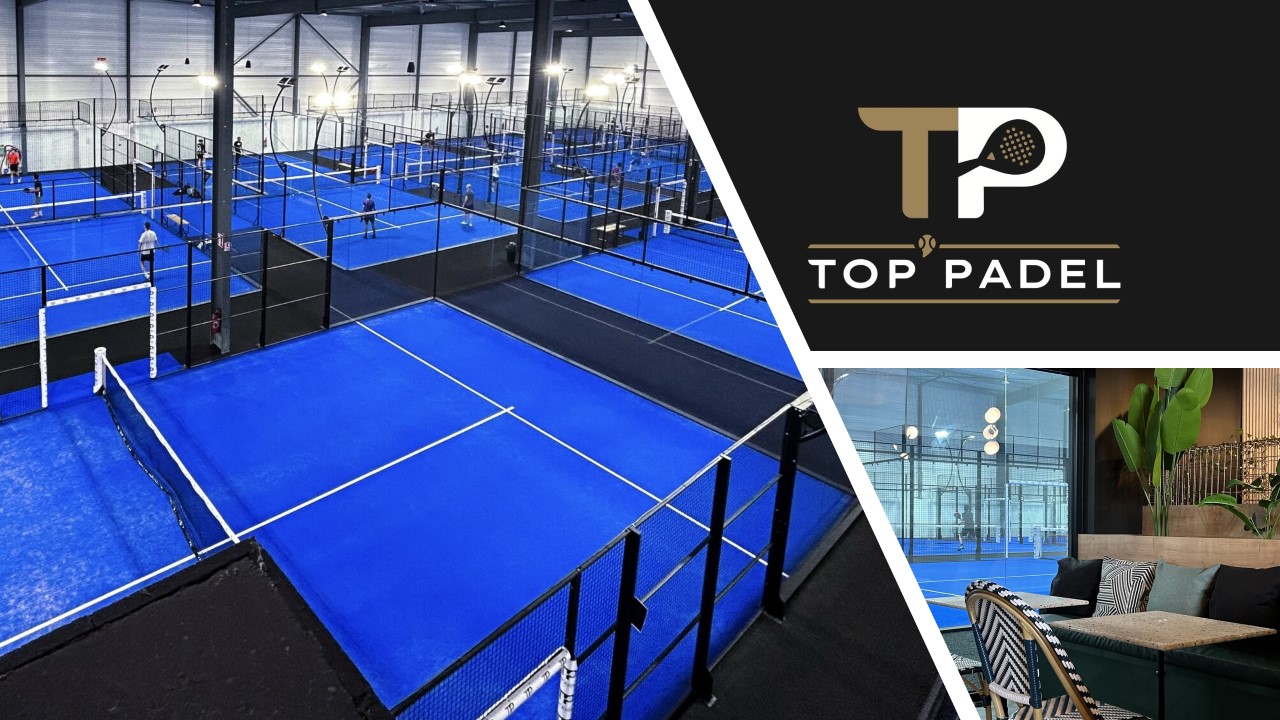 TOP Padel : “A premium club with 10 slopes in Toulouse”
TOP Padel : “A premium club with 10 slopes in Toulouse”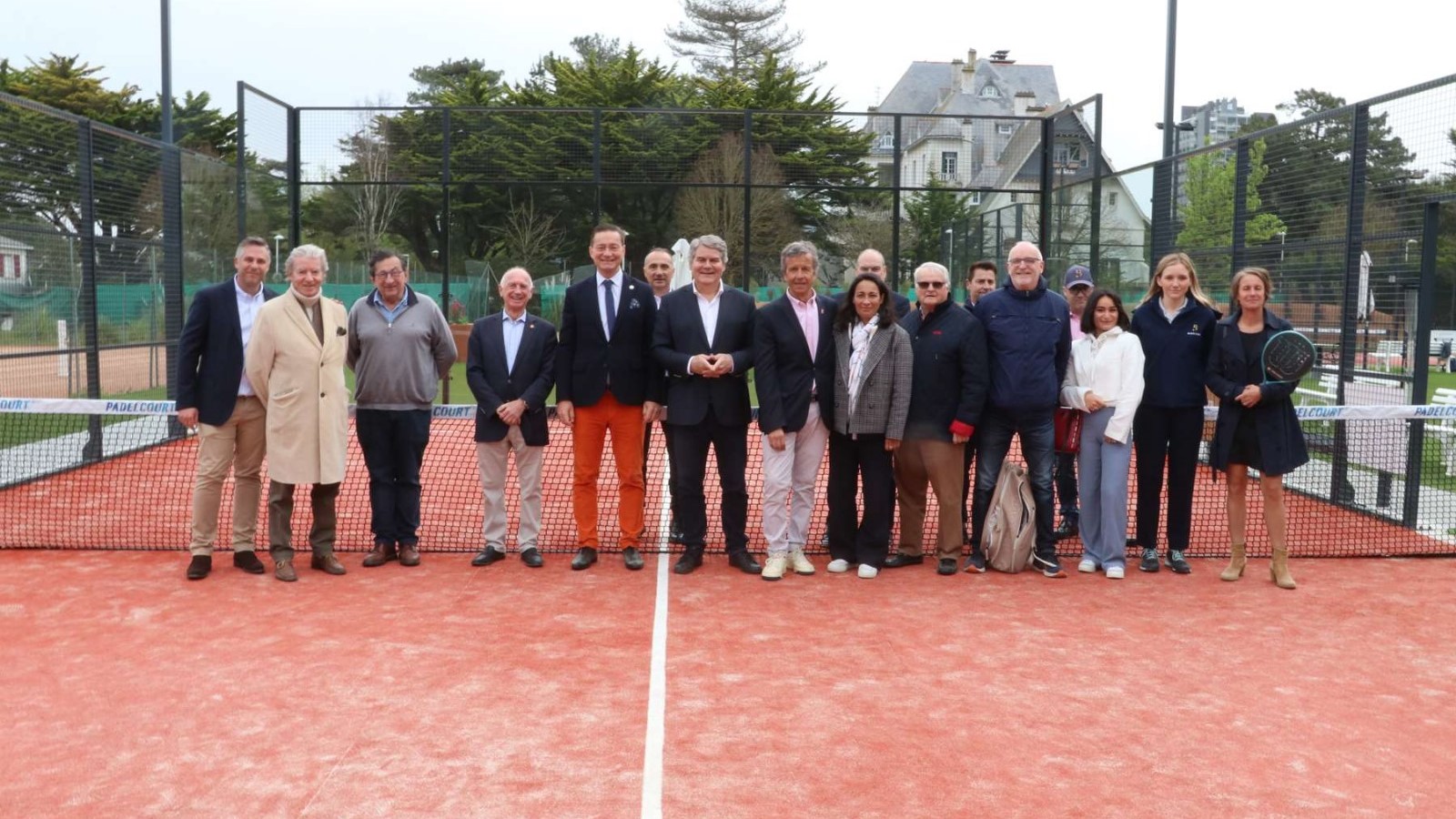 The padel of the Barrière Country Club are born in La Baule
The padel of the Barrière Country Club are born in La Baule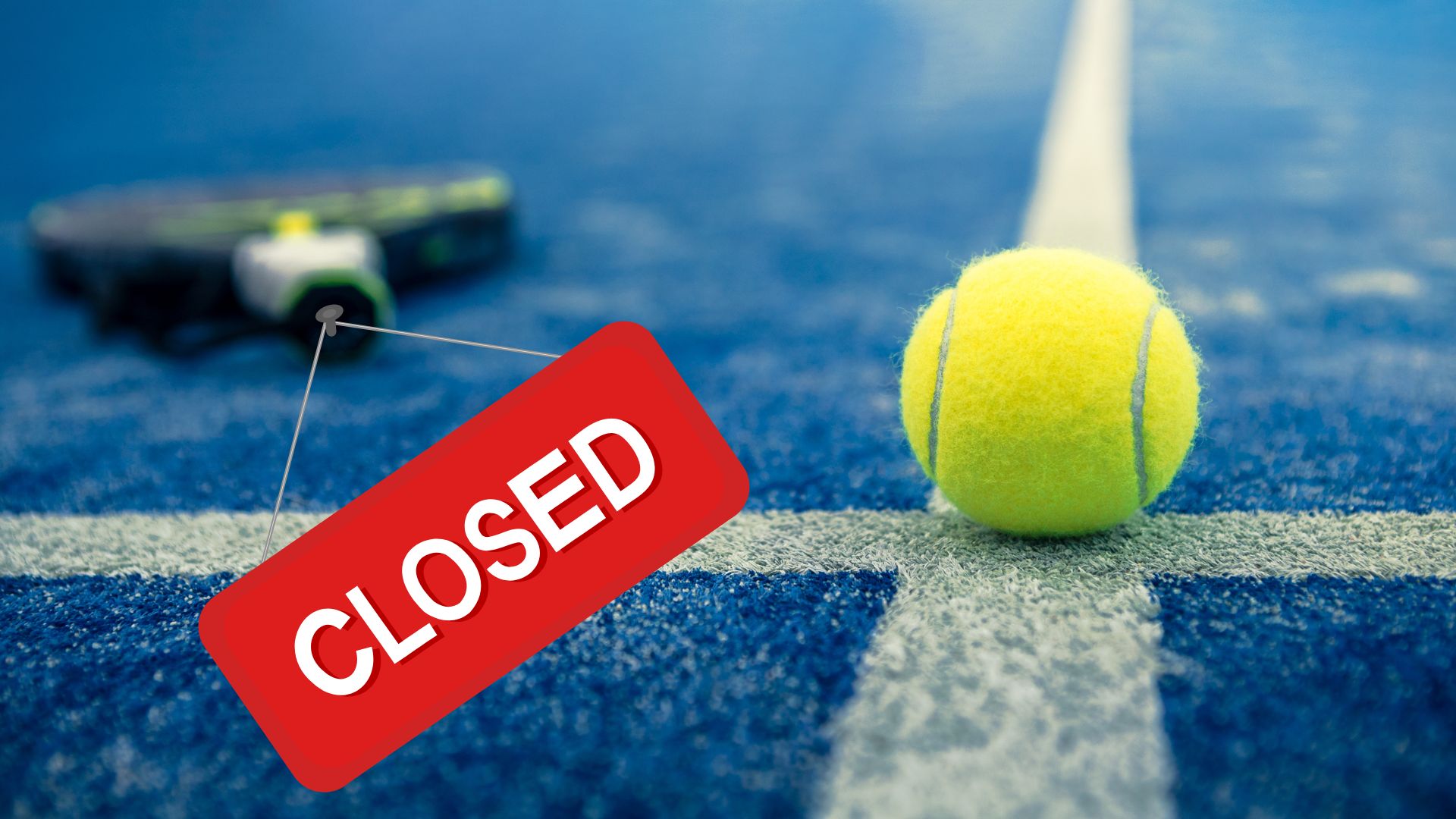 Why clubs padel do they close?
Why clubs padel do they close?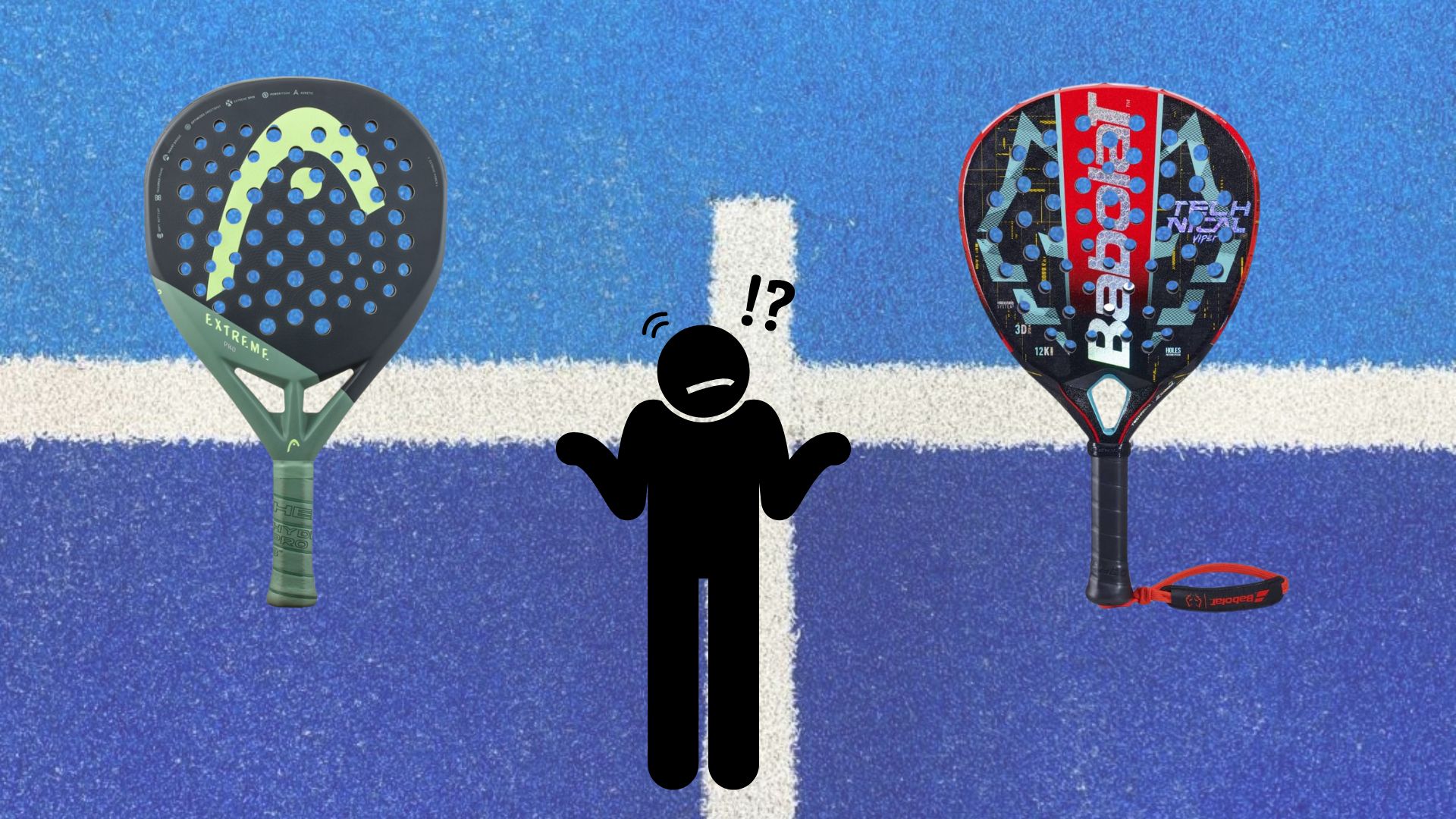 Which high-end racket to choose in 2024?
Which high-end racket to choose in 2024? At the heart of padel – Episode 24: Paul Daulan shares the evolution of his bandeja
At the heart of padel – Episode 24: Paul Daulan shares the evolution of his bandeja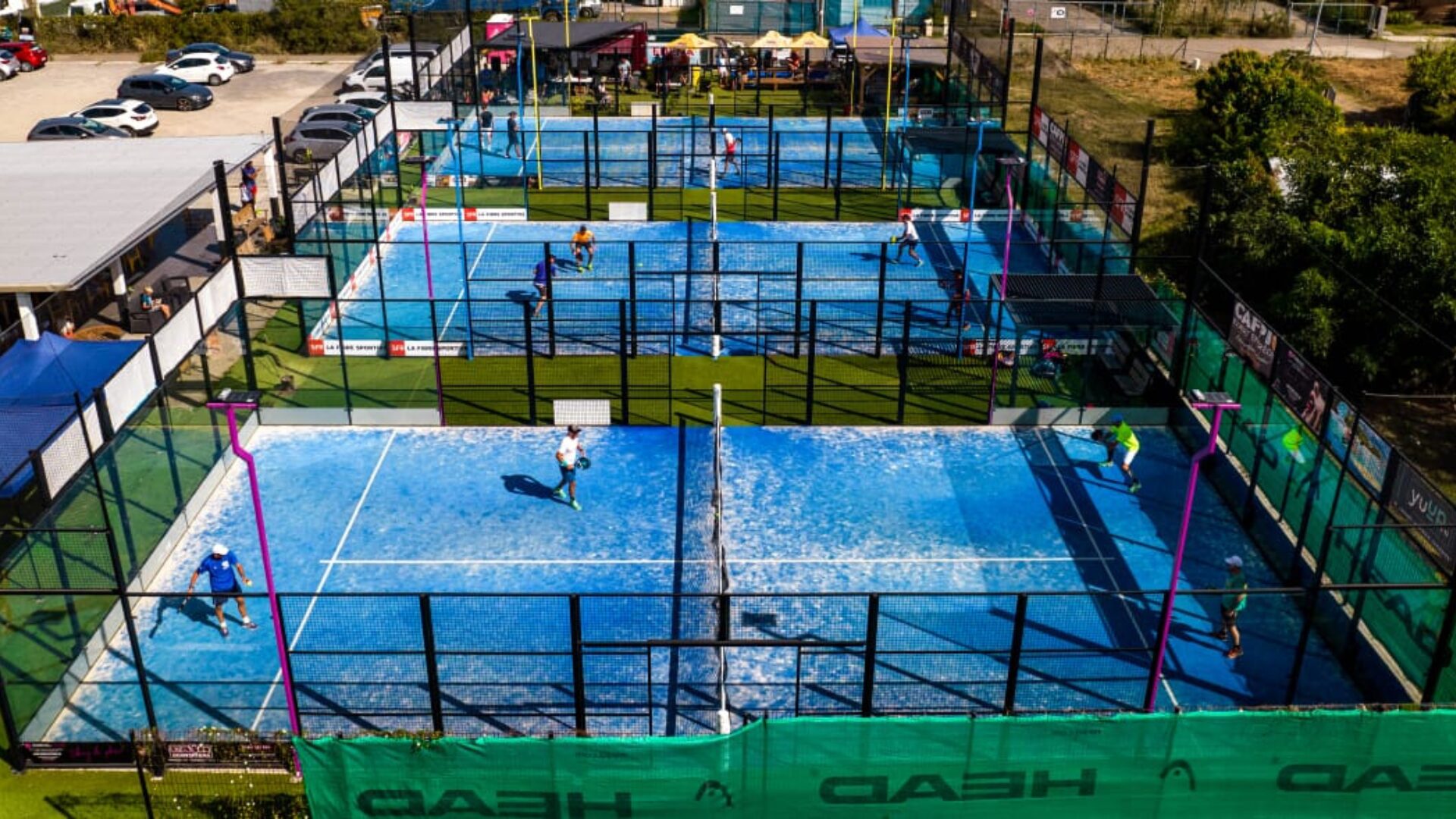 Why choose a track padel new?
Why choose a track padel new? At the heart of padel – Episode 23: defend the window well
At the heart of padel – Episode 23: defend the window well Prohibition on playing topless Padel : the reasons
Prohibition on playing topless Padel : the reasons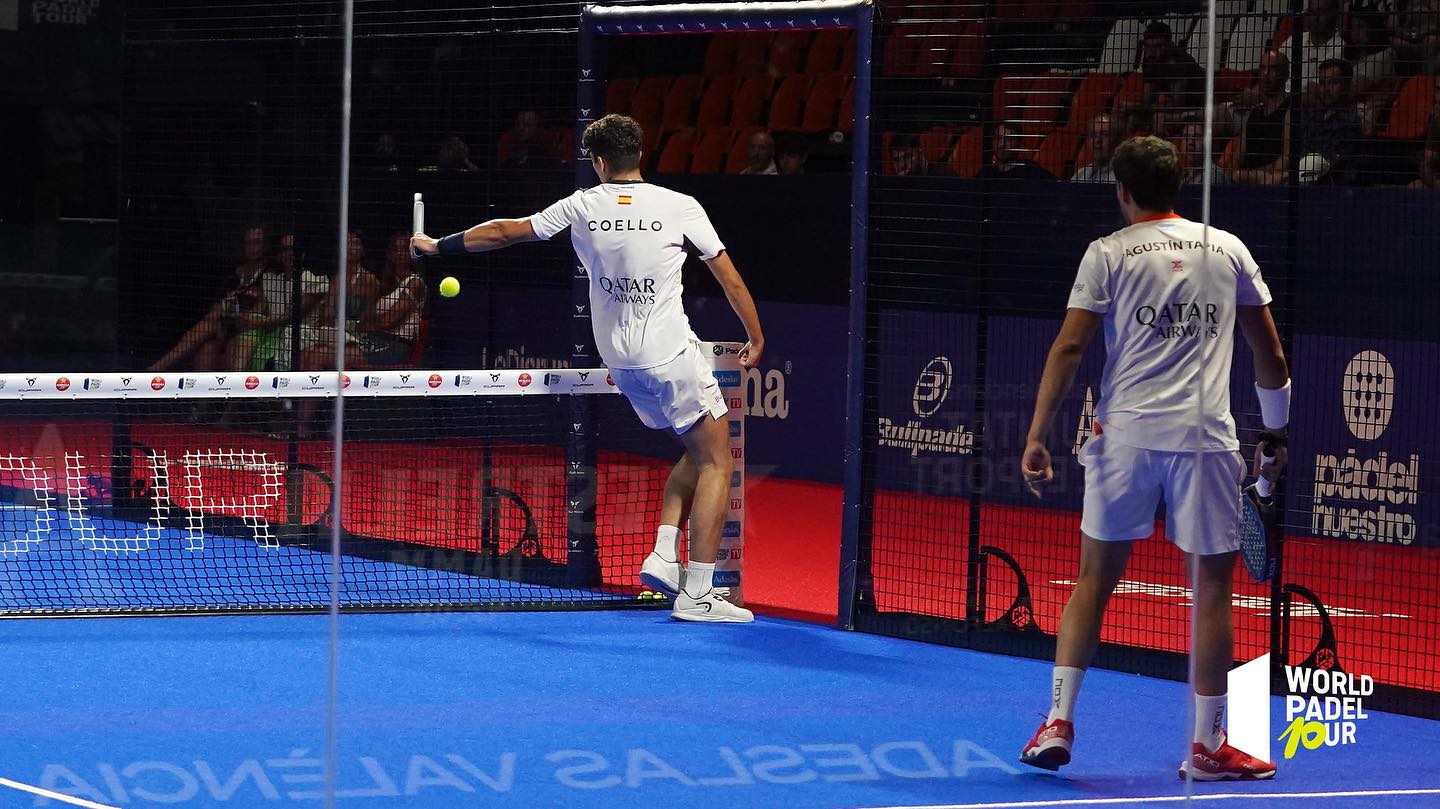 What is the difference between a dormilona, a dejada and a cushioned puerta?
What is the difference between a dormilona, a dejada and a cushioned puerta? FIP Tour – Going far from Europe, THE strategy to earn points!
FIP Tour – Going far from Europe, THE strategy to earn points! What is a good football player? padel ?
What is a good football player? padel ? “Lefties give me headaches when I play against them!”
“Lefties give me headaches when I play against them!” At the heart of padel – Episode 14: how to earn points in winter?
At the heart of padel – Episode 14: how to earn points in winter?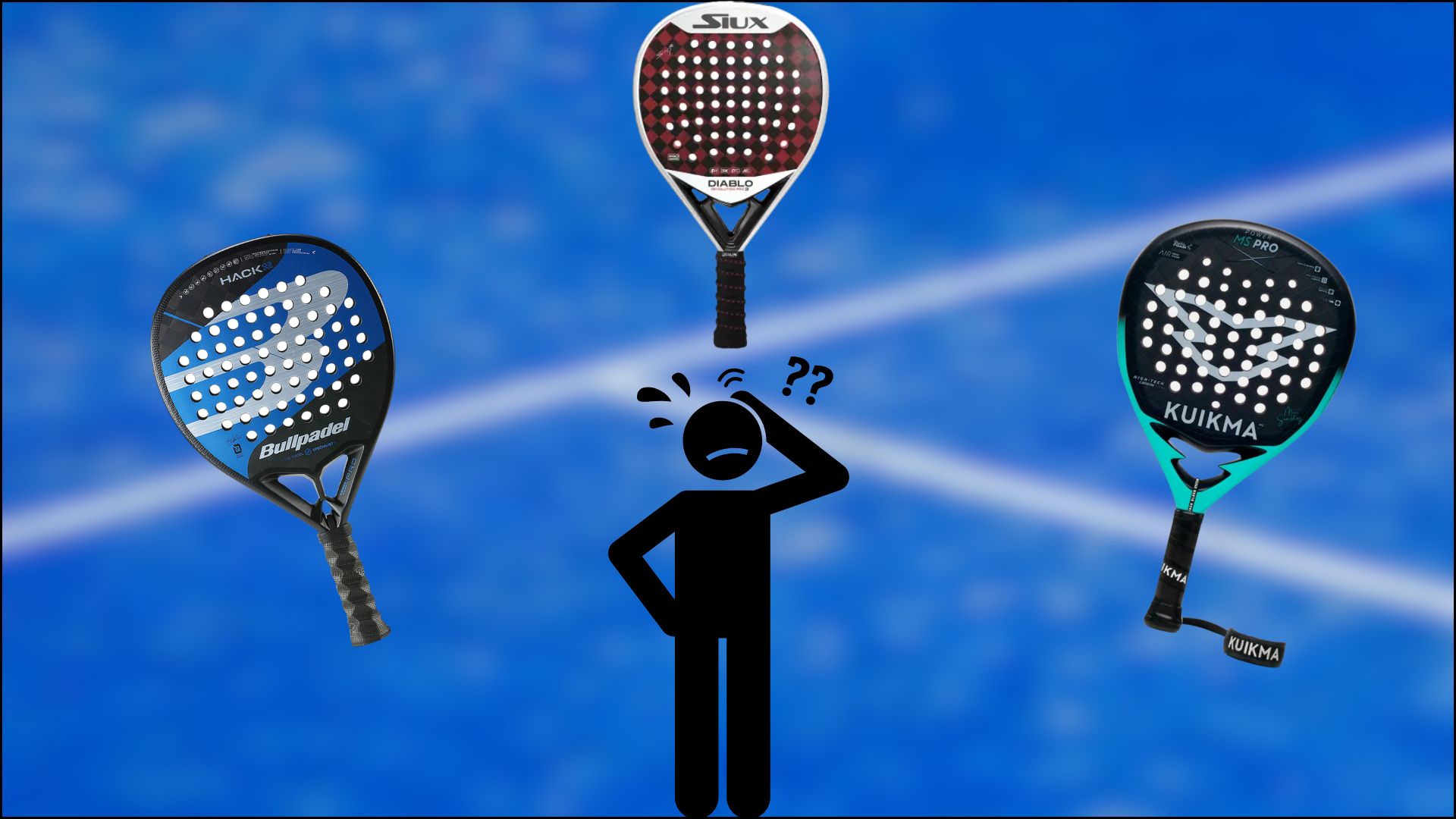 Choose your racquet padel in 3 steps
Choose your racquet padel in 3 steps La padel to fight Parkinson's disease
La padel to fight Parkinson's disease Don't play with a cracked or broken racket, your body will thank you!
Don't play with a cracked or broken racket, your body will thank you! Michel Cymes: “The padel, physically, it’s serious!”
Michel Cymes: “The padel, physically, it’s serious!” Jeremy Gala: “Promote the padel among young people in Belgium remains a challenge”
Jeremy Gala: “Promote the padel among young people in Belgium remains a challenge” The French Touch Academy organizes its selection day Padel-Study
The French Touch Academy organizes its selection day Padel-Study Report on the detection and training of younger generations
Report on the detection and training of younger generations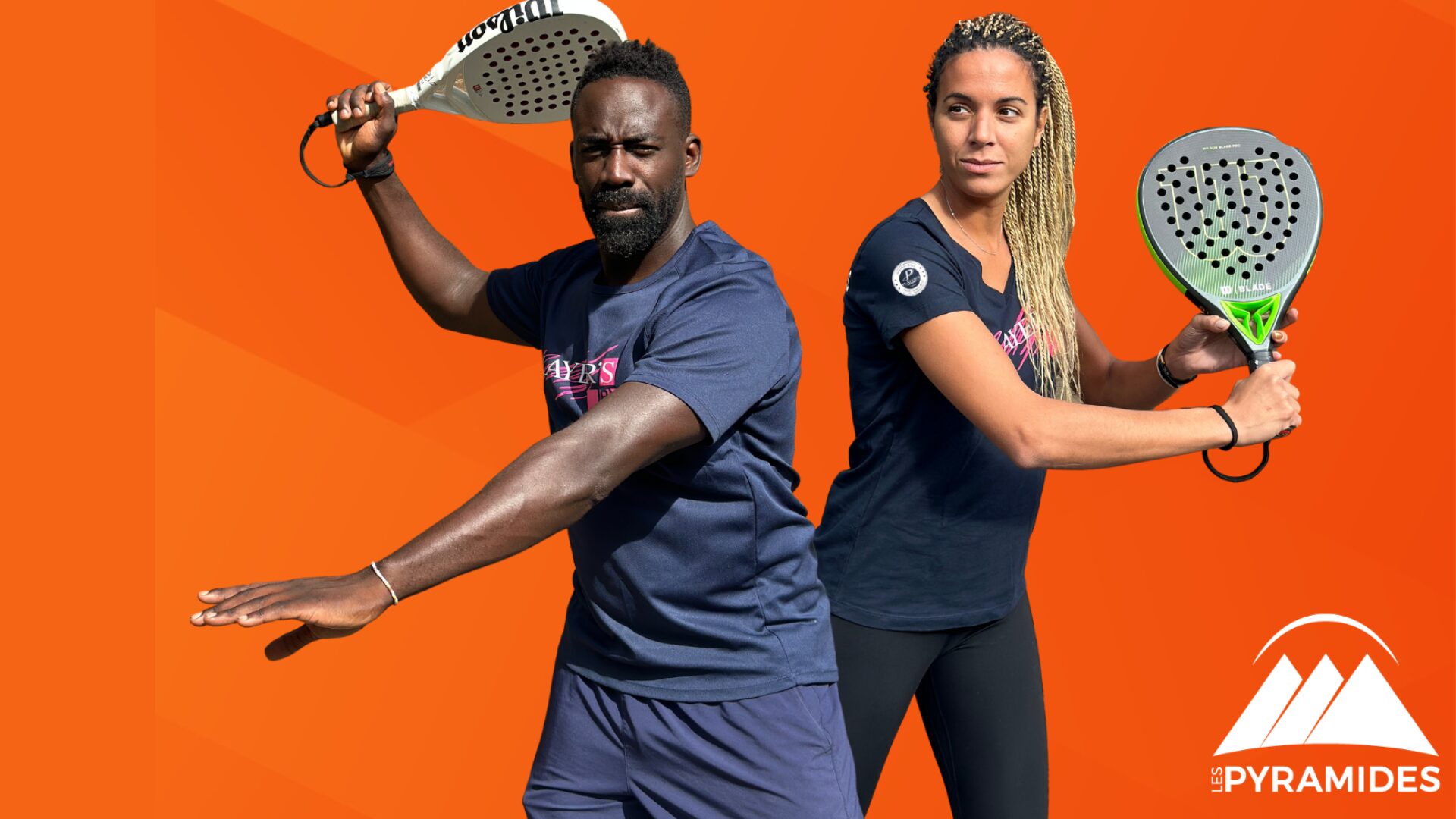 Player's adult courses from April 8 to 21, 2024!
Player's adult courses from April 8 to 21, 2024!